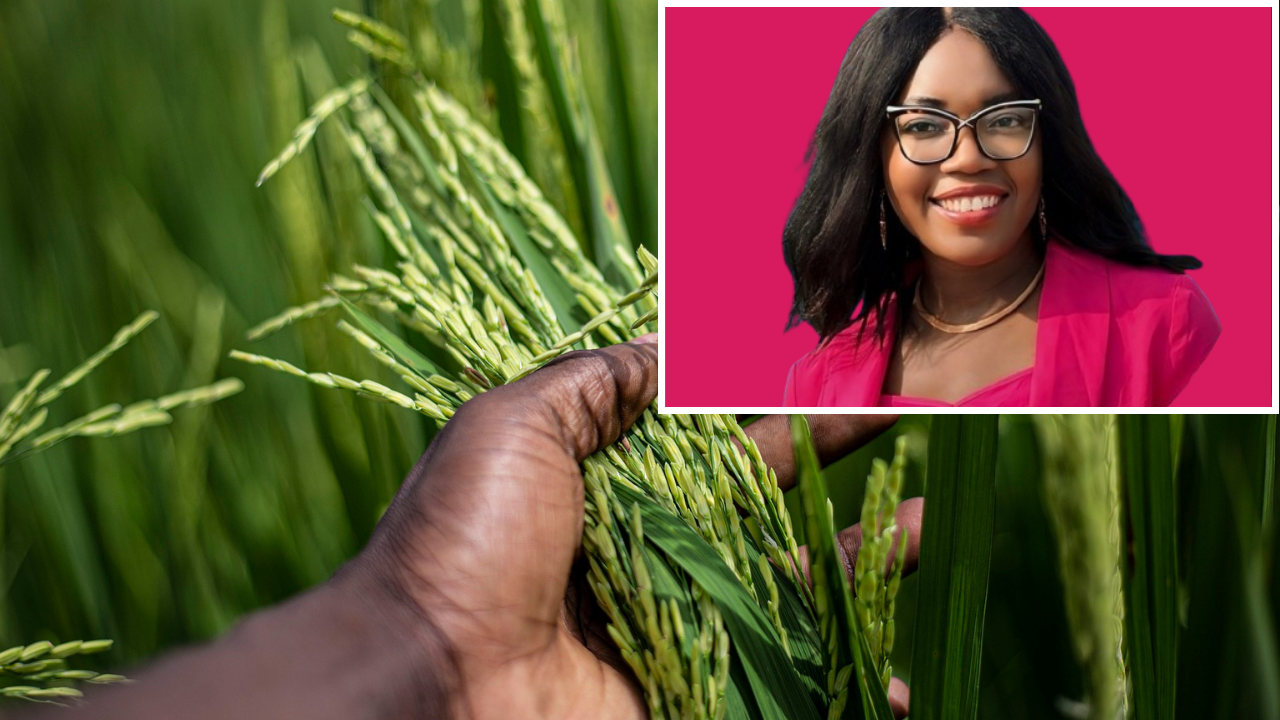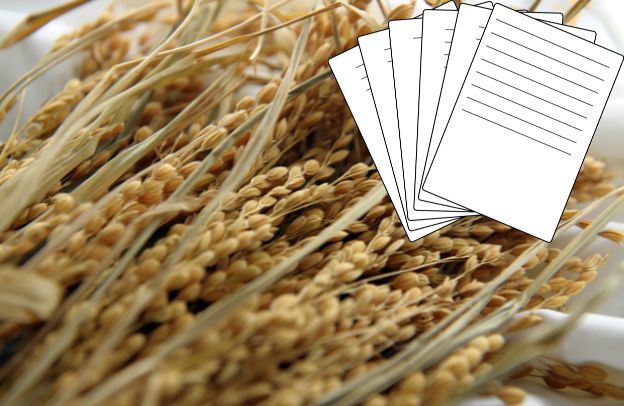Scientists Uncover Circular RNA’s Role in Boosting Rice Defense against Bacterial Blight

Amaka Ifeduba PhD | Contributor on Agribusiness Topics
In this article, Dr. Amaka Ifeduba, our expert contributor on agribusiness, explores an exciting breakthrough in agricultural science: how scientists have uncovered the role of circular RNA (circRNA) in boosting rice plants’ defense against bacterial blight. This discovery not only deepens our understanding of plant biology but also offers promising opportunities for addressing critical challenges in agriculture, including food security and crop resilience.
Learn with AClasses Media and improve yourself and your business skills.
A passionate advocate for agribusiness and research, Dr. Ifeduba is committed to bridging the gap between agriculture and human development through scientific communication and public speaking.
She also mentors professionals, empowering them to unlock global opportunities and secure graduate school placements in the U.S.
Later in the article, we will explore how this groundbreaking finding can benefit African diaspora agribusiness entrepreneurs looking to leverage agricultural innovations for profit and impact. Enjoy the reading!
Scientists Uncover Circular RNA’s Role in Boosting Rice Defense against Bacterial Blight.
Scientists from Shanghai Jiao Tong University have made a significant discovery about the effect of circular RNAs (circRNAs) on rice plants’ resistance to bacterial blight, a serious disease caused by Xanthomonas oryzae pv. oryzae (Xoo). CircRNAs are a type of RNA found in many plants, including rice. Unlike regular RNA, circRNAs form a loop, making them unique in structure. Until now, their role in plant diseases was unclear.
See also Amaka Ifeduba on Agricultural Development and Youth Empowerment
The researchers identified a specific circRNA in rice, called Os-circANK. They found that Os-circANK levels drop significantly when the rice plant is infected with Xoo. To study its role, they developed a new CRISPR-Cas13d system, which allowed them to reduce the levels of Os-circANK in rice plants.
Os-circANK acts like a sponge for another molecule called Osa-miR398b. Usually, Osa-miR398b helps control the levels of two important proteins, OsCSD1 and OsCSD2, involved in the plant’s response to infection. By soaking up Osa-miR398b, Os-circANK prevents it from doing its job.
This leads to lower levels of reactive oxygen species (ROS), which are molecules that help fight off infections. Reducing Os-circANK makes rice plants more resistant to bacterial blight, because, with less Os-circANK, Osa-miR398b can increase the levels of OsCSD1 and OsCSD2, leading to higher ROS levels and a better defense against the bacteria.
You might also like Brain Re-Engineering Concept and Reimagination: Strategy for Early Career Academics in Agriculture and Food Systems Research
By unraveling this new pathway, scientists aim to develop innovative methods to boost disease resistance in rice, safeguarding this essential crop from severe infections. This discovery not only deepens our knowledge of plant biology but also paves the way for enhancing crop health and yields through genetic editing.
How This Can Benefit You As An African Diaspora Agribusiness Entrepreneurs
Based on the insights from this study, here are three key lessons for African diaspora entrepreneurs looking to tap into Africa’s agricultural potential:
1. Embrace Biotech Innovations to Enhance Crop Resilience
- Lesson: The discovery of Os-circANK and its role in boosting rice resistance to bacterial blight highlights the transformative power of biotechnology, such as gene editing with CRISPR, to address agricultural challenges.
- Actionable Insight: African entrepreneurs should invest in or partner with research institutions to apply advanced genetic tools that improve crop resilience to diseases, pests, and climate stress. For example, by leveraging similar breakthroughs, they could adapt staple crops like maize, millet, and cassava to local challenges, boosting yields and securing food supply chains.
2. Focus on Knowledge Transfer and Capacity Building
- Lesson: The complexity of innovations like circRNAs and CRISPR demonstrates the importance of scientific expertise and knowledge-sharing for implementing high-impact solutions.
- Actionable Insight: Entrepreneurs can collaborate with African universities, diaspora scientists, and international agricultural bodies to train local farmers and researchers in cutting-edge agricultural practices. This not only equips the workforce with modern skills but also strengthens the overall ecosystem to support long-term, sustainable growth.
3. Invest in High-Yield, Disease-Resistant Crops for Profit and Impact
- Lesson: The ability to enhance crop health and yields through scientific discoveries, such as increasing reactive oxygen species for disease resistance, shows that innovation-driven farming can simultaneously address food security and create profitable business opportunities.
- Actionable Insight: Entrepreneurs can develop or support farming enterprises that focus on cultivating high-yield, disease-resistant varieties. These crops can reduce production costs (less loss to diseases) and meet growing demand in both domestic and export markets, maximizing profits while improving food availability and affordability.
You might also like Processing and Marketing of Selected Cassava Products in South-east Nigeria
By incorporating biotech innovations, building local capacity, and focusing on scalable, resilient crops, African diaspora entrepreneurs can create a transformative impact on agriculture in Africa while generating sustainable profits.
Conclusion on Boosting Rice Defense against Bacterial Blight
In conclusion, the discovery of circular RNA’s role in boosting rice defense against bacterial blight marks a crucial moment for the future of agriculture.
For African diaspora agribusiness entrepreneurs, this innovation offers more than just scientific insight—it provides a roadmap to harness cutting-edge biotechnology to address pressing challenges like food insecurity, crop diseases, and economic instability.
By embracing such advancements, investing in resilient crops, and fostering knowledge transfer, entrepreneurs can not only drive profitability but also contribute meaningfully to Africa’s agricultural transformation.
The future of African agribusiness lies at the intersection of science, innovation, and entrepreneurship—are you ready to seize the opportunity?
Learn with AClasses Media and improve yourself and your business skills.






